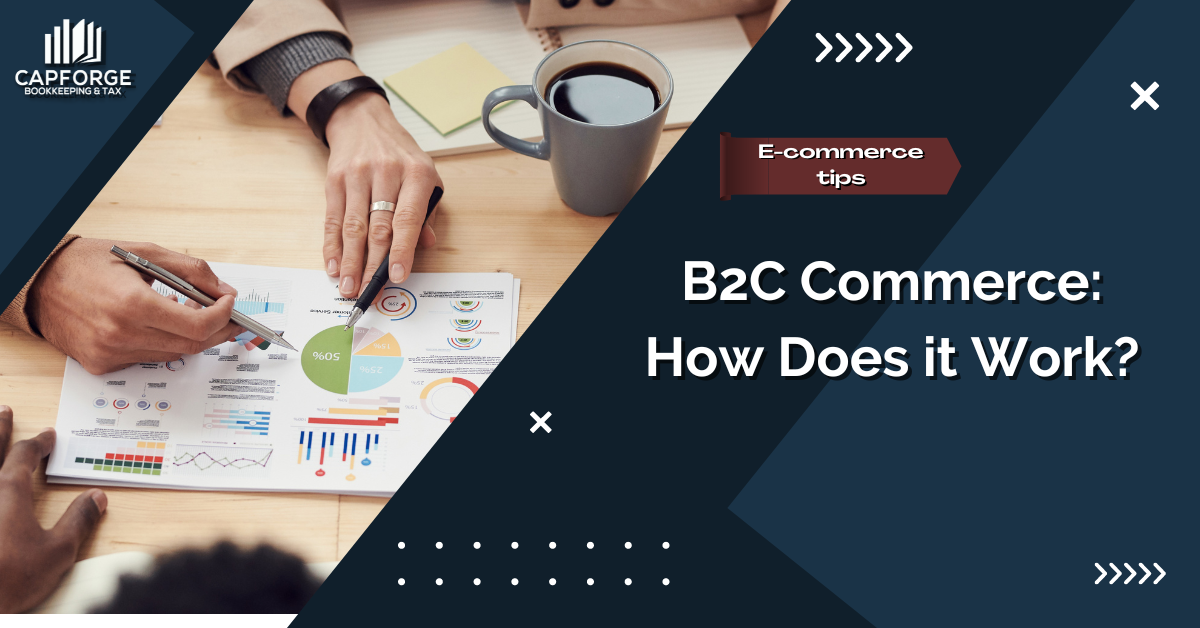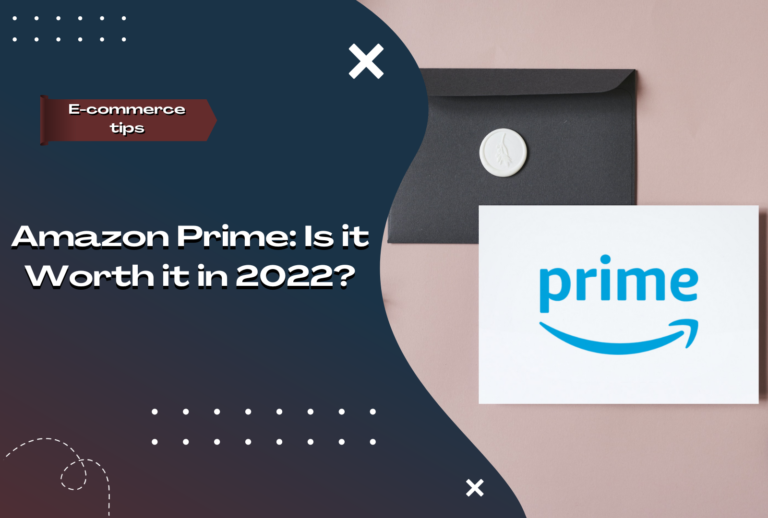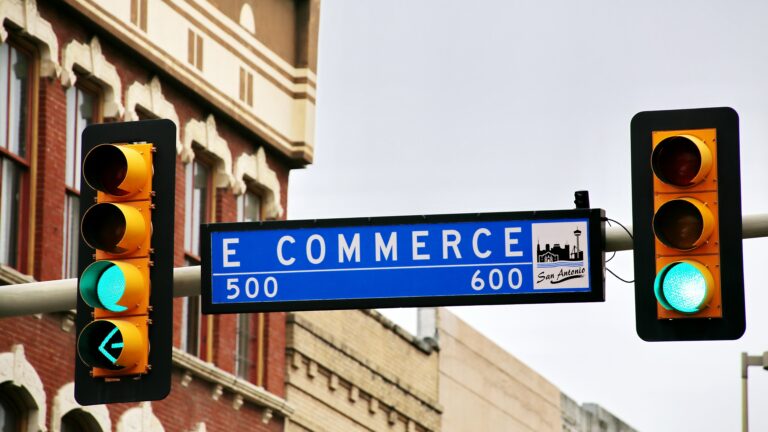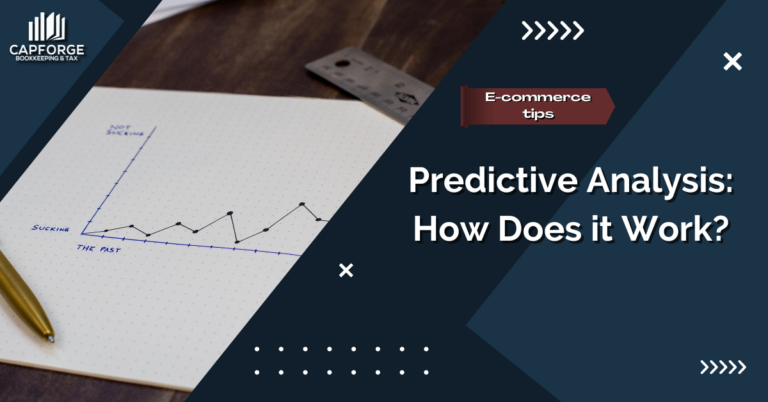B2C Commerce: How Does it Work?
B2C commerce, or business-to-consumer commerce, refers to the process of selling products or services directly to individual customers. In recent years, the growth of B2C commerce has been driven by the rise of e-commerce platforms and the increasing prevalence of mobile devices.
In this blog post, we will explore the key aspects of B2C commerce, including its benefits, challenges, and trends.
What is B2C commerce?
B2C commerce, or Business-to-Consumer commerce, refers to the buying and selling of products or services directly between a business and individual consumers.
In B2C commerce, the business typically advertises and markets its products or services to a wide audience through various channels, such as social media, email marketing, search engine optimization, and online advertising. Consumers then browse through the available products or services and make purchases directly from the business’s website or through third-party marketplaces like Amazon or eBay.
To facilitate these transactions, businesses may use a variety of payment methods, including credit or debit cards, online payment gateways, or mobile payment platforms like PayPal or Venmo. Many businesses also offer various shipping and delivery options, such as standard or expedited shipping, in-store pickup, or same-day delivery.
How is B2C commerce different from B2B?
B2C (business-to-consumer) and B2B (business-to-business) are two distinct forms of commerce. Understanding how they work will give you a good idea of which business model best fits your needs and interest.
The most significant difference between B2C and B2B commerce is the target market. B2C companies sell their products or services directly to individual consumers, while B2B companies sell to other businesses. B2B transactions typically involve larger purchase volumes than B2C transactions since businesses often purchase products in bulk, while individual consumers typically purchase products one at a time.
B2B transactions involve multiple decision-makers, while B2C transactions are mostly facilitated by a single entity. In a B2B transaction, several stakeholders, such as managers or procurement teams, may need to sign off on a purchase decision.
Marketing strategies also differ between B2B and B2C companies since they have separate target audiences. B2B companies may rely on trade shows, conferences, and other events to showcase their products, while B2C companies often use social media, online advertising, and other digital channels to reach consumers.
If your goal is to create a brand that focuses on product experience and satisfaction, a B2C business model may be the one for you. On the other hand, if you want high-volume transactions and build relationships with brand executives, a B2B business model is a more ideal solution.
What are the benefits of B2C commerce?
B2C (business-to-consumer) commerce offers several benefits to both businesses and consumers. Here are some of the key advantages:
- Increased Revenue: B2C commerce can significantly increase a business’s revenue by tapping into a large consumer market. By selling directly to individual consumers, businesses can reach a wider audience and generate more sales.
- Convenience: B2C commerce offers consumers the convenience of shopping from home or on the go, without the need to visit a physical store. This convenience factor can make a significant difference in attracting and retaining customers.
- Improved Customer Experience: B2C commerce allows businesses to provide a more personalized and engaging customer experience. By leveraging customer data, businesses can tailor their marketing messages and product offerings to better meet customer needs.
- Lower Costs: B2C commerce can often be more cost effective than traditional brick-and-mortar retail. By eliminating the need for physical stores and reducing overhead costs, businesses can save money and increase profitability.
- Enhanced Brand Awareness: B2C commerce offers businesses the opportunity to build brand awareness and loyalty. Through social media, online advertising, and other digital channels, businesses can reach consumers on a more personal level and build a stronger connection with their brand.
What are examples of B2C businesses?
There are many examples of B2C commerce, ranging from traditional brick-and-mortar stores to online e-commerce platforms. Here are a few examples:
- Online Retailers: Amazon, eBay, and Alibaba are some of the largest online retailers in the world. They sell a wide range of products, from books and electronics to clothing and household goods.
- Brick-and-Mortar Stores: Traditional retail stores, such as Walmart, Target, and Macy’s, have also entered the world of B2C e-commerce, offering customers the option to purchase products online and pick them up in-store or have them delivered to their homes.
- Subscription Services: Subscription services, such as Netflix, Hulu, and Spotify, provide customers with access to streaming content for a monthly fee.
- Travel Services: Companies like Expedia, Kayak, and Booking.com provide customers with a one-stop shop for booking flights, hotels, and other travel-related services.
- Food Delivery Services: Companies like GrubHub, DoorDash, and Uber Eats allow customers to order food from their favorite restaurants and have it delivered directly to their doorstep.
- Online Marketplaces: Etsy, Fiverr, and TaskRabbit are examples of online marketplaces that allow individuals to buy and sell goods and services directly with one another.
- Health and Wellness: Companies like Peloton, Fitbit, and WW (formerly Weight Watchers) provide customers with health and wellness products and services, including fitness equipment, apps, and weight loss programs.
These are just a few examples of the many B2C commerce companies that exist today. As technology continues to evolve, we can expect to see even more innovative companies emerge in this space.
What’s the outlook on B2C?
B2C commerce is a rapidly evolving field, and several trends are shaping the industry. One of the most significant trends is the rise of mobile commerce. Mobile devices have become an essential part of modern life, and many consumers prefer to shop on their smartphones or tablets. As a result, businesses must ensure that their e-commerce platforms are optimized for mobile devices.
Another trend in B2C commerce is the growing importance of social media. Social media platforms like Facebook, Instagram, and Twitter have become essential marketing tools for businesses. Many consumers use social media to discover new products and services, and businesses that can effectively leverage these platforms can reach a large and engaged audience.
Finally, B2C commerce is increasingly being shaped by artificial intelligence and machine learning. These technologies can help businesses personalize their marketing and customer service efforts, as well as optimize their inventory management and supply chain processes.
Wrapping up
B2C commerce is a dynamic and constantly evolving field. While it offers many benefits for businesses and consumers alike, it also presents several challenges that must be managed effectively. By staying up-to-date with the latest trends and best practices in B2C commerce, businesses can position themselves for success in the years to come.
Managing the financial health of your business is crucial to its success. If you need any help with expert bookkeeping services, feel free to fill out the form below and we’ll get in touch with you shortly.








